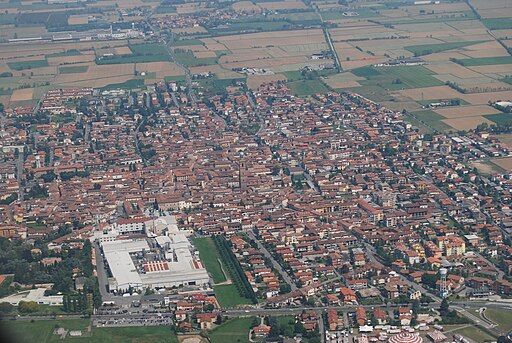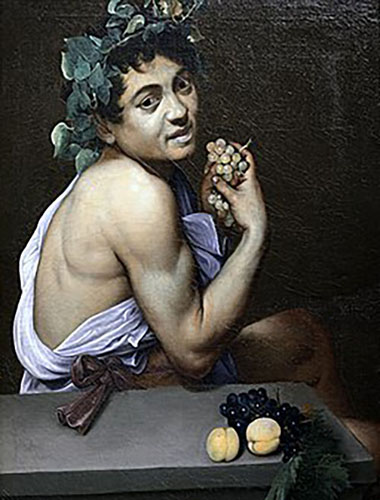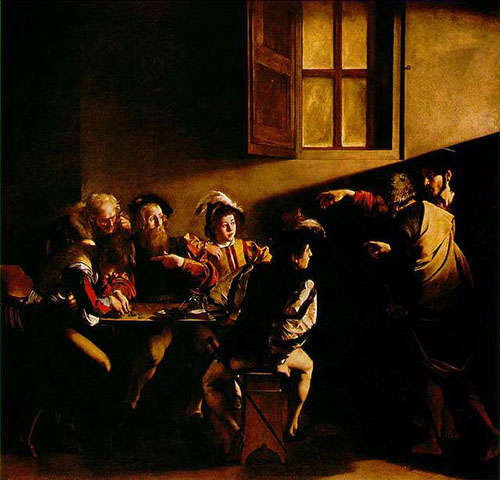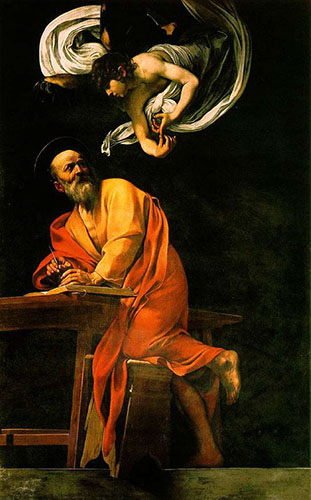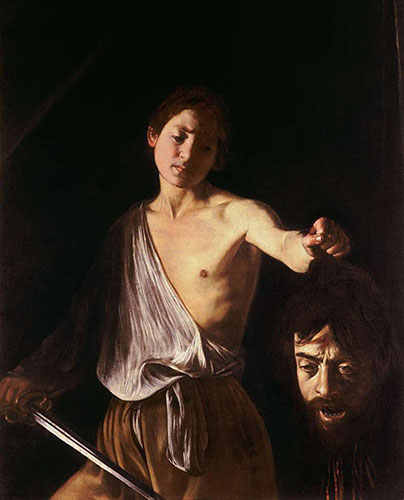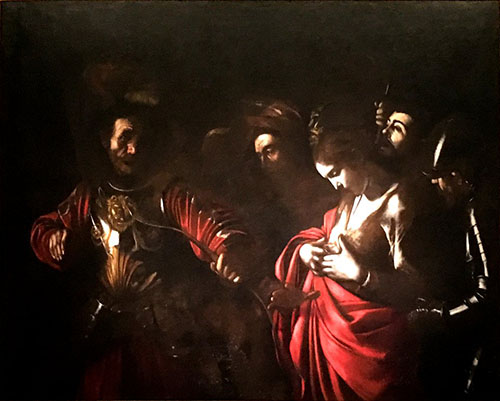Michelangelo Merisi, also known as Caravaggio, was born to Lucia Aratori and Fermo Merisi in the autumn of 1571, and he was most likely born in the town of Caravaggio in the diocese of Cremona. His exact date of birth isn’t known for sure, but based on his name, it’s believed that he was born on September 29th because that is the feast day of the Archangel Michael.
In the summer of 1576, the bubonic plague struck Milan, where Caravaggio and his family lived because his father owned a workshop there. He was about five years old at the time. By the autumn of the following year, he and his family moved back to the town of Caravaggio to escape the plague. Despite their efforts, Caravaggio lost his father, uncle, and paternal grandparents to the plague. On April 6th, 1584, Caravaggio became Simone Peterzano's apprentice at the age of twelve. Peterzano was an expert in fresco painting, but Caravaggio never mastered this skill. Instead, he mastered the art of swordsmanship during his youth. Other than this, not much is known about his youth.
